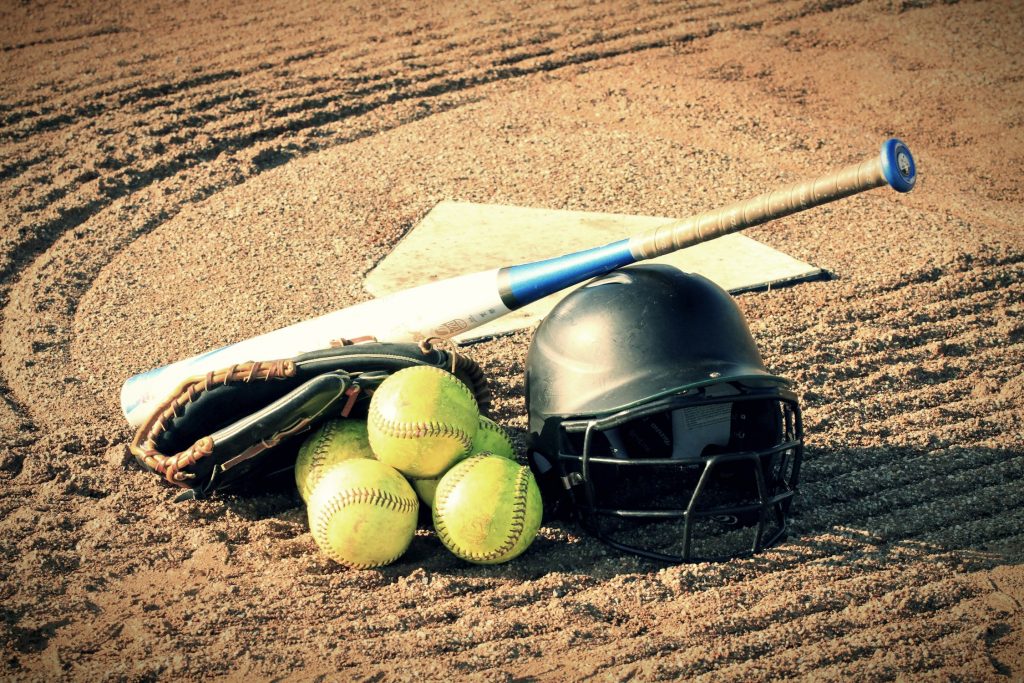Hunting and Fishing 101


If you are interested in pursuing wildlife, you should know the differences between hunting and fishing. You should also know the cost of getting a hunting and fishing license. It is also important to know the regulations for using public land. Read this article to learn more. This article also addresses National Public Lands Day.
Differences between hunting and fishing
Hunting and fishing are similar sports that require patience and knowledge of the rules. Both require years of practice to become skilled. While the two activities may involve catching fish and hunting animals, there are some key differences between the two. The difference between fishing and hunting is the type of animal being hunted.
Fishing and hunting are both great ways to enjoy nature, and both can be relaxing. While fishing may involve catching a specific fish, hunting usually involves killing and trapping an animal. Hunting used to be a way of life for many people. Fishing, on the other hand, usually involves using bait and hooks to catch the game. In addition, fishing equipment includes rods and reels. Both activities use fishing tackle, but hunting can also involve modern firearms, binoculars, and spears.
Fishing requires little strength, but hunting requires special skills, patience, and training. Fishing is more widely available than hunting, but both require a valid license and permit. Most freshwater and saltwater areas are open to the public. However, some may require catch-and-release practices.
requirements for obtaining a license
Purchasing a license is necessary if you want to hunt or fish. There are specific requirements for different types of licenses. Some licenses are only available to residents of certain states. Some states also require you to have certain identification before you can hunt. The minimum age for a hunting license varies by state. Those who are under the age of 16 must have parental consent.
Before purchasing your license, check your address to make sure it is current. You may want to add an email address to your account to receive reminders before your license expires. You may also choose to purchase a waterfowl stamp or a migratory bird stamp if you want to hunt migratory game birds.
Costs of obtaining a license
There are several ways to obtain a hunting or fishing license in Indiana. You can purchase one in person or online. Purchasing online includes a convenience fee and a $1.45 administrative fee. You can also pay with your credit card. If you buy the license online, you may have to pay a fee of up to 2% of the total price as a convenience fee.
The costs for obtaining a hunting and fishing license will vary depending on the type of license you have. There are two main types of licenses: statewide and hunting preserve. The annual statewide license will cost you $8.50, and the issuing sales vendor will keep $1 for their commission. The fees will increase in the future but are still affordable.
National Public Lands Day
National Public Lands Day, the fourth Saturday in September, celebrates the relationship between humans and the outdoors. It also encourages environmental stewardship, recreation, and healthy living. In addition, this day helps promote public access to lands and waters for people of all ages.
Taking advantage of public lands for hunting and fishing is a great way to help protect these natural resources. During this day, state wildlife agencies will set up booths at public events. These organizations will be promoting the benefits of conservation on public lands.
The day is also a great time to support local conservation organizations. If you enjoy hunting or fishing, consider joining a group like Trout Unlimited or the Backcountry Hunters and Anglers. You can also check out Captains for Cleanwater to help protect our water resources. If you’re a fisherman, be sure to wet a line with a friend. Remember to share your experience on social media and use the hashtag #npld to show your support for public lands.
Increased participation in hunting and fishing in 2016
A recent survey from the U.S. Fish and Wildlife Service shows that 101.6 million Americans participated in hunting, fishing, wildlife-watching, and other outdoor activities in 2016. The survey also shows a moderate decrease in the number of hunters nationwide, despite gains in wildlife watching and wildlife-related expenditures. Overall, hunting and fishing contribute $156 billion to the U.S. economy, making it one of the nation’s largest economic engines.
The survey also gathered new categories of data, including the number of people participating in target shooting and archery. Overall, there are 32 million target shooters and 12.4 million archers in the U.S., with the rural population remaining relatively stable.
